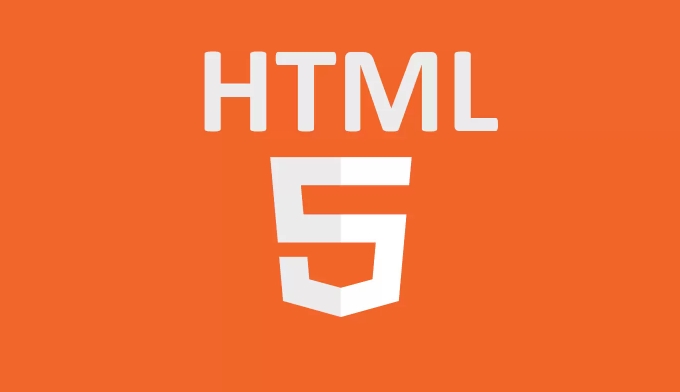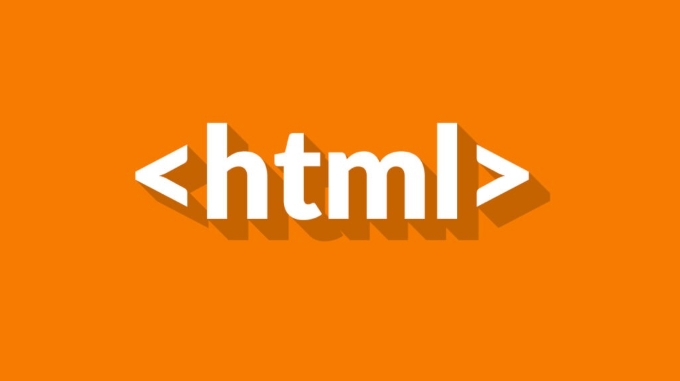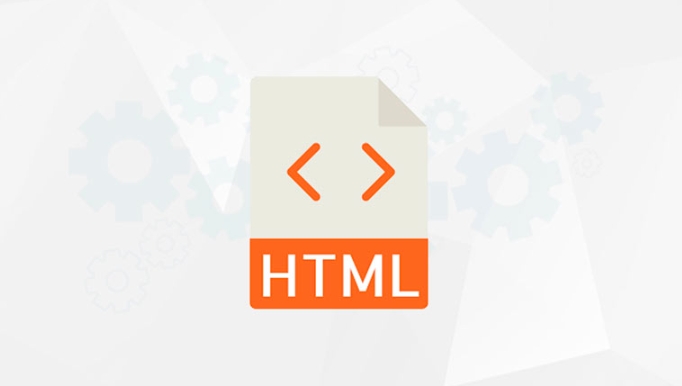The HTML

The HTML <iframe></iframe> tag is used to embed another HTML document (a web page) inside the current page. It stands for "inline frame" and allows you to display external content—like a website, video, form, or map—within a designated area of your webpage.

This is useful for including third-party content such as YouTube videos, Google Maps, embedded forms from services like Google Forms, or even advertising content, without requiring users to navigate away from your site.
How to Use the <iframe></iframe> Tag
The basic syntax of an iframe is:

<iframe src="URL"></iframe>
You must include the src attribute, which specifies the URL of the page you want to embed.
Basic Example
<iframe src="https://www.example.com"></iframe>
By default, browsers display iframes with a border and a default size (usually around 300x150 pixels), but you can customize these using attributes or CSS.

Common Attributes
You can control the behavior and appearance of an iframe using several attributes:
src– The URL of the embedded content.widthandheight– Define the size in pixels or percentages.title– Describes the content (important for accessibility).sandbox– Adds extra restrictions for security (e.g., prevent scripts or form submissions).allowfullscreen– Enables fullscreen mode (useful for videos).loading– Can be set to"lazy"to defer loading until the user scrolls near it.
Example with Multiple Attributes
<iframe src="https://www.youtube.com/embed/dQw4w9WgXcQ" width="560" height="315" title="YouTube video player" frameborder="0" allow="accelerometer; autoplay; clipboard-write; encrypted-media; gyroscope; picture-in-picture" allowfullscreen> </iframe>
This example embeds a YouTube video with proper settings for responsiveness and functionality.
Styling iframes with CSS
Instead of using the width and height attributes, you can use CSS for more flexibility:
<iframe src="https://www.example.com" title="Embedded website"> </iframe>
iframe {
width: 100%;
height: 400px;
border: 1px solid #ccc;
border-radius: 8px;
}Using CSS makes it easier to create responsive designs, especially on mobile devices.
Security and Best Practices
While iframes are convenient, they come with risks:
- Security: Never embed untrusted content—malicious sites can exploit vulnerabilities.
- SEO: Search engines typically don’t index iframe content as part of your page.
- Accessibility: Always include a
titleattribute so screen readers can describe the iframe. - X-Frame-Options: Some websites block embedding via HTTP headers. You’ll see an error if a site doesn’t allow iframe embedding.
Use the sandbox attribute to limit what the embedded page can do:
<iframe src="https://untrusted-site.com" sandbox="allow-scripts allow-same-origin" title="Restricted content"> </iframe>
This restricts scripting and form submissions unless explicitly allowed.
When to Use iframes
- Embedding videos from YouTube or Vimeo
- Adding Google Maps to a contact page
- Including third-party widgets (e.g., calendars, chatbots)
- Displaying documents via Google Docs viewer
- Loading ads or affiliate content
Avoid using iframes for main page content—it can hurt usability, SEO, and mobile experience.
Basically, the <iframe></iframe> tag is a simple but powerful way to include external content directly in your web pages. Just remember to size it properly, make it accessible, and prioritize security.
The above is the detailed content of What is the HTML iframe tag and how to use it. For more information, please follow other related articles on the PHP Chinese website!

Hot AI Tools

Undress AI Tool
Undress images for free

Undresser.AI Undress
AI-powered app for creating realistic nude photos

AI Clothes Remover
Online AI tool for removing clothes from photos.

Clothoff.io
AI clothes remover

Video Face Swap
Swap faces in any video effortlessly with our completely free AI face swap tool!

Hot Article

Hot Tools

Notepad++7.3.1
Easy-to-use and free code editor

SublimeText3 Chinese version
Chinese version, very easy to use

Zend Studio 13.0.1
Powerful PHP integrated development environment

Dreamweaver CS6
Visual web development tools

SublimeText3 Mac version
God-level code editing software (SublimeText3)
 Implementing Clickable Buttons Using the HTML button Element
Jul 07, 2025 am 02:31 AM
Implementing Clickable Buttons Using the HTML button Element
Jul 07, 2025 am 02:31 AM
To use HTML button elements to achieve clickable buttons, you must first master its basic usage and common precautions. 1. Create buttons with tags and define behaviors through type attributes (such as button, submit, reset), which is submitted by default; 2. Add interactive functions through JavaScript, which can be written inline or bind event listeners through ID to improve maintenance; 3. Use CSS to customize styles, including background color, border, rounded corners and hover/active status effects to enhance user experience; 4. Pay attention to common problems: make sure that the disabled attribute is not enabled, JS events are correctly bound, layout occlusion, and use the help of developer tools to troubleshoot exceptions. Master this
 Configuring Document Metadata Within the HTML head Element
Jul 09, 2025 am 02:30 AM
Configuring Document Metadata Within the HTML head Element
Jul 09, 2025 am 02:30 AM
Metadata in HTMLhead is crucial for SEO, social sharing, and browser behavior. 1. Set the page title and description, use and keep it concise and unique; 2. Add OpenGraph and Twitter card information to optimize social sharing effects, pay attention to the image size and use debugging tools to test; 3. Define the character set and viewport settings to ensure multi-language support is adapted to the mobile terminal; 4. Optional tags such as author copyright, robots control and canonical prevent duplicate content should also be configured reasonably.
 Best HTML tutorial for beginners in 2025
Jul 08, 2025 am 12:25 AM
Best HTML tutorial for beginners in 2025
Jul 08, 2025 am 12:25 AM
TolearnHTMLin2025,chooseatutorialthatbalanceshands-onpracticewithmodernstandardsandintegratesCSSandJavaScriptbasics.1.Prioritizehands-onlearningwithstep-by-stepprojectslikebuildingapersonalprofileorbloglayout.2.EnsureitcoversmodernHTMLelementssuchas,
 HTML for email templates tutorial
Jul 10, 2025 pm 02:01 PM
HTML for email templates tutorial
Jul 10, 2025 pm 02:01 PM
How to make HTML mail templates with good compatibility? First, you need to build a structure with tables to avoid using div flex or grid layout; secondly, all styles must be inlined and cannot rely on external CSS; then the picture should be added with alt description and use a public URL, and the buttons should be simulated with a table or td with background color; finally, you must test and adjust the details on multiple clients.
 How to associate captions with images or media using the html figure and figcaption elements?
Jul 07, 2025 am 02:30 AM
How to associate captions with images or media using the html figure and figcaption elements?
Jul 07, 2025 am 02:30 AM
Using HTML sums allows for intuitive and semantic clarity to add caption text to images or media. 1. Used to wrap independent media content, such as pictures, videos or code blocks; 2. It is placed as its explanatory text, and can be located above or below the media; 3. They not only improve the clarity of the page structure, but also enhance accessibility and SEO effect; 4. When using it, you should pay attention to avoid abuse, and apply to content that needs to be emphasized and accompanied by description, rather than ordinary decorative pictures; 5. The alt attribute that cannot be ignored, which is different from figcaption; 6. The figcaption is flexible and can be placed at the top or bottom of the figure as needed. Using these two tags correctly helps to build semantic and easy to understand web content.
 What are the most commonly used global attributes in html?
Jul 10, 2025 am 10:58 AM
What are the most commonly used global attributes in html?
Jul 10, 2025 am 10:58 AM
class, id, style, data-, and title are the most commonly used global attributes in HTML. class is used to specify one or more class names to facilitate style setting and JavaScript operations; id provides unique identifiers for elements, suitable for anchor jumps and JavaScript control; style allows for inline styles to be added, suitable for temporary debugging but not recommended for large-scale use; data-properties are used to store custom data, which is convenient for front-end and back-end interaction; title is used to add mouseover prompts, but its style and behavior are limited by the browser. Reasonable selection of these attributes can improve development efficiency and user experience.
 How to handle forms submission in HTML without a server?
Jul 09, 2025 am 01:14 AM
How to handle forms submission in HTML without a server?
Jul 09, 2025 am 01:14 AM
When there is no backend server, HTML form submission can still be processed through front-end technology or third-party services. Specific methods include: 1. Use JavaScript to intercept form submissions to achieve input verification and user feedback, but the data will not be persisted; 2. Use third-party serverless form services such as Formspree to collect data and provide email notification and redirection functions; 3. Use localStorage to store temporary client data, which is suitable for saving user preferences or managing single-page application status, but is not suitable for long-term storage of sensitive information.
 Implementing Native Lazy Loading for Images in HTML
Jul 12, 2025 am 12:48 AM
Implementing Native Lazy Loading for Images in HTML
Jul 12, 2025 am 12:48 AM
Native lazy loading is a built-in browser function that enables lazy loading of pictures by adding loading="lazy" attribute to the tag. 1. It does not require JavaScript or third-party libraries, and is used directly in HTML; 2. It is suitable for pictures that are not displayed on the first screen below the page, picture gallery scrolling add-ons and large picture resources; 3. It is not suitable for pictures with first screen or display:none; 4. When using it, a suitable placeholder should be set to avoid layout jitter; 5. It should optimize responsive image loading in combination with srcset and sizes attributes; 6. Compatibility issues need to be considered. Some old browsers do not support it. They can be used through feature detection and combined with JavaScript solutions.






